
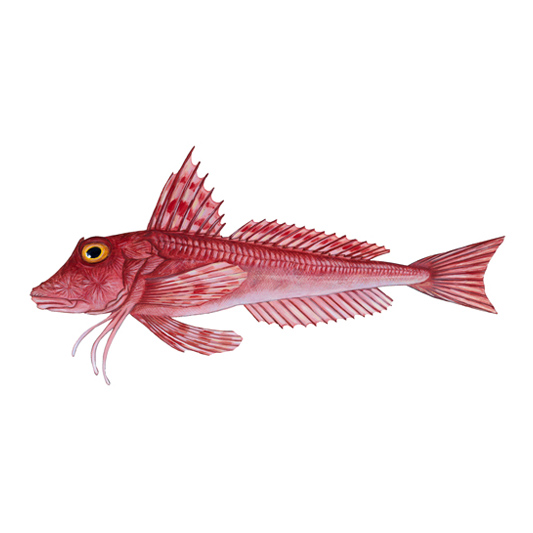
Gurnard have historically been discarded and only recently have they been appreciated as a food fish. Gurnards are fast growing and abundant fish although more research is needed to ascertain how well gurnard stocks are fairing their populations seem to be stable in Cornish waters. Avoid eating gurnards less than 25cm in length and during spawning season (April – August). There is some indication that stocks are ok from The EVHOE-WIBTS-Q4 survey, which, has shown a slight increase in abundance in red gurnard stocks in the Celtic sea and the bay of Biscay, since its beginning in the 1990's. Management is currently minimal, gurnard are a non quota spcies and there are no limits on catches. Landings to Cornwall are steady around 20 tonnes per year.
In 2021 a total of 36.7 tonnes of red gurnard were landed to Cornish ports with a value of £54k (MMO data).
Updated April 2024
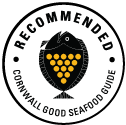
Cornwall, VIIe, f, g and h
Demersal trawls are large nets that are pulled through the water with the bottom edge of the net touching the seabed. At each edge the net is pulled open by metal ‘trawl doors’. Sometimes referred to as Otter trawling.
Learn moreCornwall, VIIe, f, g and h
Beam trawls are nets attached to a steel beam that holds the net open. The belly of the net is made of chains and the upper surface of the net is mesh. Beam trawlers pull two nets along the seabed simultaneously.
Learn moreCornwall, VIIe, f, g and h
Gill nets are lightweight nets made of nylon (monofilament) fishing line that are anchored to the seabed and are used to catch fish by entangling the gills.
Learn moreCornwall Good Seafood Guide rates fish on sustainability using a scale of 1 to 5.
1, 2 and 3 are recommended, Fish to avoid are rated 5.
We use the system devised by the Marine Conservation Society (MCS) so our scores are comparable with the scores produced by MCS for the UK and fisheries from all around the world. For more information on scoring click here.
Gurnards belong to a family of fish called sea robins, or croakers due to the strange noices they make in the water. Classified as a generalist, they are characterised by fast growth and early sexual maturity at a relatively large size. Red gurnard is one of the smallest European gurnards. The red gurnard is a benthic species widely distributed in the northeast Atlantic from South Norway and north of the British Isles to Mauritania on grounds between 20 and 250 m. This benthic species is abundant in the Channel and on the shelf west of Brittany. It spawns in summer and can attain a length of 40cm and a weight of about 900g, with a maximum reported age of 21 years. Gurnards are able to grunt or growl by the use of muscles associated with the swim bladder, and this is believed to aid in keeping schools together during the spawning period.
Of the six species known in northern European waters, red gurnard is most commonly exploited as a food fish. Although widely distributed throughout the Atlantic it is only locally abundant. There is insufficient information or data available to evaluate the stock identity or status of red gurnard as reference points for fishing mortality and stock biomass are unknown. Latest ICES advice for Red Gurnard in areas 3-8 show that stocks have fluctuated but are steady. There is insufficient data to conclude how this stock is doing in relation to Maximum Sustainable Yeild. Landings and available abundance indices have shown an indication of stability in recent years, and landings to Cornish ports has increased (MMO). The EVHOE-WIBTS-Q4 survey, has shown a slight increase in Red gurnard abundance in the Celtic sea and Bay of Biscay since its beginning in the 1990s.
Red gurnards are mainly caught by demersal trawlers and beam trawlers in mixed fisheries. they can be caught by handline rarely and are occasionally caught in gill nets targeting smaller species. There are issues with cetacean by catch in gill net fisheries in Cornwall which need to be addressed.

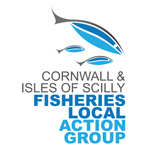
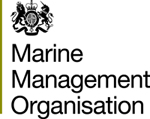
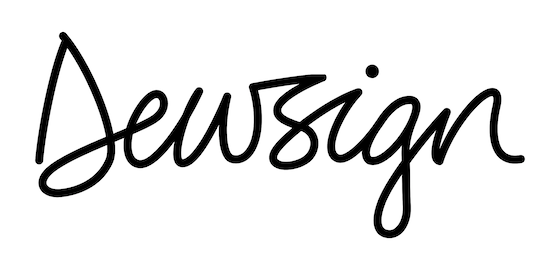


Cornwall Good Seafood Guide is underpinned by the Marine Conservation Society (MCS) Good Fish Guide. The first UK consumer guide to sustainable seafood. For more information visit www.fishonline.org
Cornwall Good Seafood Guide is here to help us all make sustainable seafood choices. Choices that will help us keep the oceans healthy and Cornish fishers' futures safe. This website is funded by Cornwall Wildlife Trust. If you would like to make a meaningful difference to the health of our oceans, please consider making a donation to the Cornwall Wildlife Trust Ocean Emergency fund. Your donation will help safeguard these remarkable environments, ensuring that they continue to thrive for generations to come. Together, we can be stewards of the seas and champions for a healthier, more sustainable future.